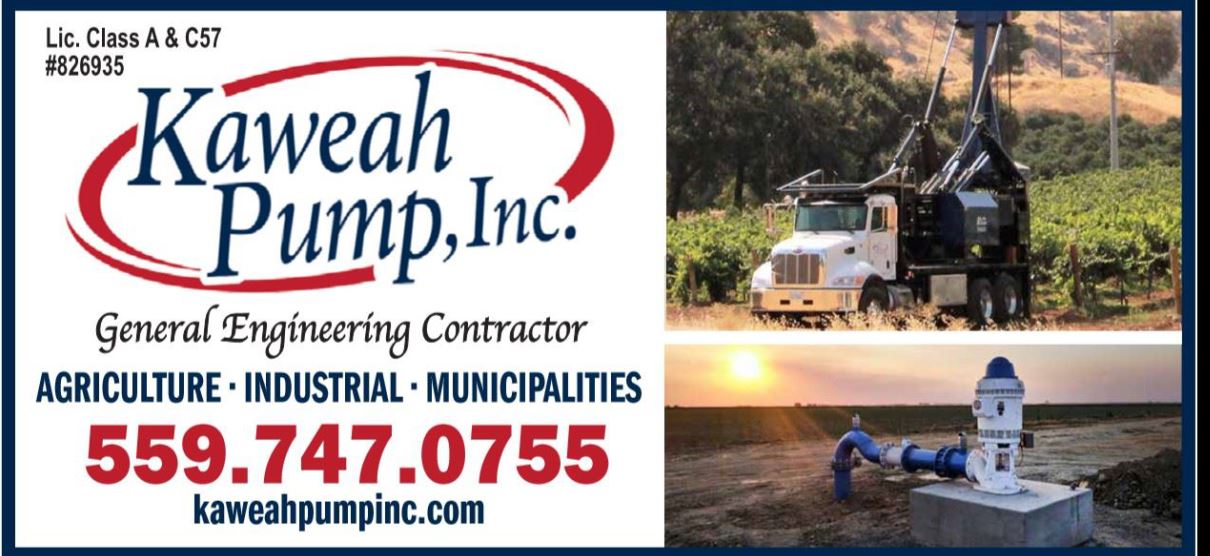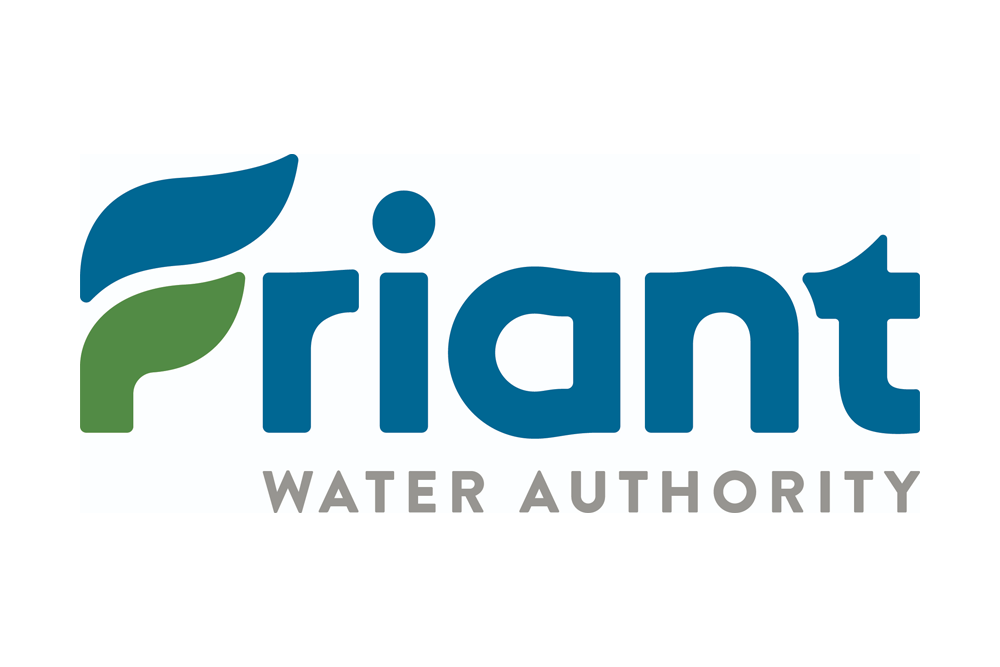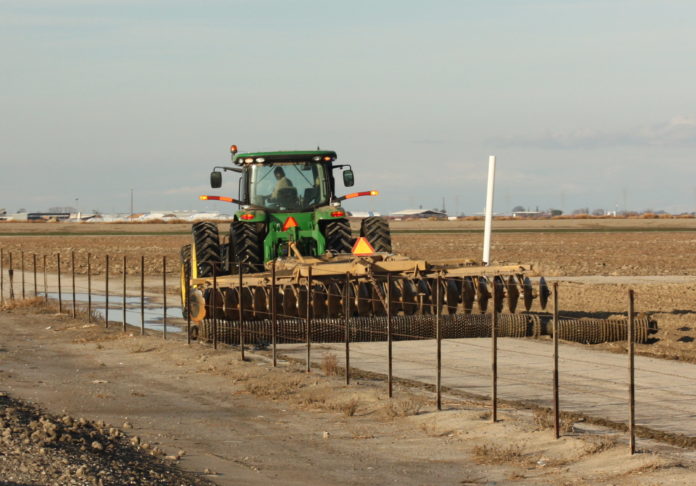 The Pixley Groundwater Commission met on Tuesday, July 23, 2019 at the Lower Tule River Irrigation District conference room in Tipton. The meeting wasn’t overly attended. It was hot, the sky was dark, there were no ghost riders but there could have been. I was speaking with Eric Limas before the meeting and it looks like this meeting will be chock-full-o-hydrographs. I love my readers enough to not try to write an entire report based on hydrographs. So, we’ll see how long this lasts. Limas called the meeting at 10:00am and all 13 of us introduced ourselves to each other.
The Pixley Groundwater Commission met on Tuesday, July 23, 2019 at the Lower Tule River Irrigation District conference room in Tipton. The meeting wasn’t overly attended. It was hot, the sky was dark, there were no ghost riders but there could have been. I was speaking with Eric Limas before the meeting and it looks like this meeting will be chock-full-o-hydrographs. I love my readers enough to not try to write an entire report based on hydrographs. So, we’ll see how long this lasts. Limas called the meeting at 10:00am and all 13 of us introduced ourselves to each other.
The first topic was Four Creeks’ Engineer Dave DeGroot speaking on the coordination agreements for the GSAs in the Tule Sub Basin. DeGroot said everyone from all six of the GSAs in the sub basin are on the same page for methodology; measuring, data collection and such. The disagreements are expected to be in how to divide the findings rather than what the data actually is. The Friant Kern Canal subsidence is in this sub basin which raises the questions – what’s a legacy issue and what’s a post 2020 issue? DeGroot said hydrogeologist Thomas Harder has been looking into this with great care. Harder can run water budgets throughout the area to determine what kind of subsidence is occurring. This is a critical component for all involved. Some of the harmful impacts on the FCK may be the results of pumping decades ago. This is ground zero. Limas told those gathered Friant Water Authority is in charge of the repairs and it needs to know how much subsidence must be factored in when designing the repairs. He fully expects FWA to come asking for money.
Geoff Vandenheuvel asked if Harder’s work has been accepted throughout the sub basin and the answer is yes. Harder was hired after an RFP everyone bought into, his work is being peer reviewed and his reputation is in good shape. That’s not to say there won’t be more hydrogeologists hired when someone gets a safe yield they don’t like.
Next DeGroot spoke on three topics: minimum thresholds, measurable objectives and interim milestones. He explained the minimum threshold has to be avoided, it’s the last place before the state comes in and takes over. There has to be some flexibility but avoid all the six SGMA undesirable results. The measurable objectives are the place you want to be in 2040. All of this has to be checked against the neighbors and the undesirable results. The interim milestones take place at five your intervals starting in 2020.
Here come the hydrographs. DeGroot said Pixley Irrigation District has good data starting in 1987 that was used to calibrate the groundwater flow model. He said there are two ways to looking at groundwater contours. Depth to water, the length from the surface to the water level. He said hydrogeologists like to use sea level – the water level in relation to sea level. You can get positive and negative numbers using the second method. The most recent data come from spring of 2019. He put up two maps showing the same data from the two criteria. The deeper the well by ground level the hotter the color on the map. Just the opposite for sea level. The two big holes in the Pixley GSA are on the east side and the west side. It appears groundwater is flowing in along the Highway 99 corridor from both the north and south. DeGroot emphasized these maps will change by the end of summer.
Next he put up a graph juxtaposing Harder’s findings with historical data. Harder’s findings didn’t match up with the drought. DeGroot said in a perfect world the two lines would have followed each other. That doesn’t happen and the analysis will be imperfect. The model can be adjusted and historical trend lines added in for truer result of water depth. Once that happens the minimum threshold must be established. Too low and the neighbors’ anger management panties burst into flame – too high and you have the risk of your measurable objectives running into the minimum threshold triggering state intervention. The 20-year ramp down on the graph shown didn’t correspond with the model. Limas said if one or two wells don’t reach the measurable object or indeed hit the levels shown the significance won’t be enough to prompt the state, but there is a danger of the state getting involved.
Coordinating with what may be achieved and/or agreed to by the neighbors will be the heavy lift. All this needs to be documented with actual wells within the Department of Water Resources for the GSP. This is the point where it became necessary for me to stop before I send out incorrect information. And that was that. 
DISCLAIMER OF RESPONSIBILITY; Waterwrights.net strives to provide his clients with the most complete, up-to-date, and accurate information available. Nevertheless, Waterwrights.net does not serve as a guarantor of the accuracy or completeness of the information provided, and specifically disclaims any and all responsibility for information that is not accurate, up-to-date, or complete. Waterwrights.net clients therefore rely on the accuracy, completeness and timeliness of information from Waterwrights.net DAW entirely at their own risk. The opinions expressed in this report are those of the author and do not represent any advertisers or third parties.
ALL RIGHTS RESERVED. Copyright 2019 by Don A. Wright
SGMA The Sustainable Groundwater Management Act of 2014 calls for the formation of Groundwater Sustainability Areas within Basins and Sub-basins to develop Groundwater Sustainability Plans.


































